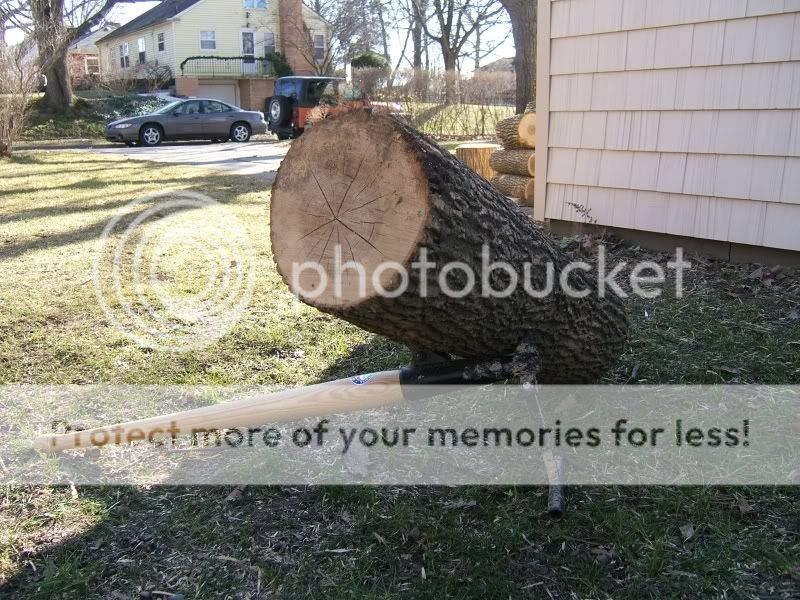moon
New Member
Just moved into a place with 5 1/2 acres of mostly woods. Looks like mostly Oak and some small scattered pines to me.
A tornado blew through here a few years back before we moved in. The previous owners did little if anything to use the downed timber. They had a pellet stove upstairs but nothing to use wood in. I installed a wood stove in our basement. The downed trees are mostly Oaks with up to 40" trunks. Many are in the 24" to 32" range.
So now. I need to become competant with a chain saw. I always had a cheap one for taking out small trees and bushes but just purchased a Stihl MS361, I have both 20" and 25" bars and a fair number of chains for each. I always use gloves and helmet/mask.
Keep in mind the largest tree I have every downed/cut up might have been 15' high and 6" around. I have read most of what I could find with the saw manuals and internet. I really found a lot a good info on felling trees but not for timber laying on the ground.
My first order of business is to start taking apart the downed trees for firewood. Next season I'll work on getting down some dead standing trees. All I want right now is to become good at bucking and limbing downed trees.
I think I am safe and can get the limbs out pretty well. I am comfortable with the MS361. I just started to work with the 25" bar. Again, I love it, and while careful, still feel pretty good with it.
Here is my question: Lets say I have cleared a tree and area of just about all limbs. Here in front of me now is this massive oak trunk, 60 feet or more of it, and 38 inches at the base. Say its laying on a gentle slope, and the tree is touching the ground pretty much all the way through its length. What is my approach to this. I have some ideas but would like to hear from experienced cutters. Thanks
Also - did I do the right thing by getting the 25" bar?
A tornado blew through here a few years back before we moved in. The previous owners did little if anything to use the downed timber. They had a pellet stove upstairs but nothing to use wood in. I installed a wood stove in our basement. The downed trees are mostly Oaks with up to 40" trunks. Many are in the 24" to 32" range.
So now. I need to become competant with a chain saw. I always had a cheap one for taking out small trees and bushes but just purchased a Stihl MS361, I have both 20" and 25" bars and a fair number of chains for each. I always use gloves and helmet/mask.
Keep in mind the largest tree I have every downed/cut up might have been 15' high and 6" around. I have read most of what I could find with the saw manuals and internet. I really found a lot a good info on felling trees but not for timber laying on the ground.
My first order of business is to start taking apart the downed trees for firewood. Next season I'll work on getting down some dead standing trees. All I want right now is to become good at bucking and limbing downed trees.
I think I am safe and can get the limbs out pretty well. I am comfortable with the MS361. I just started to work with the 25" bar. Again, I love it, and while careful, still feel pretty good with it.
Here is my question: Lets say I have cleared a tree and area of just about all limbs. Here in front of me now is this massive oak trunk, 60 feet or more of it, and 38 inches at the base. Say its laying on a gentle slope, and the tree is touching the ground pretty much all the way through its length. What is my approach to this. I have some ideas but would like to hear from experienced cutters. Thanks
Also - did I do the right thing by getting the 25" bar?





